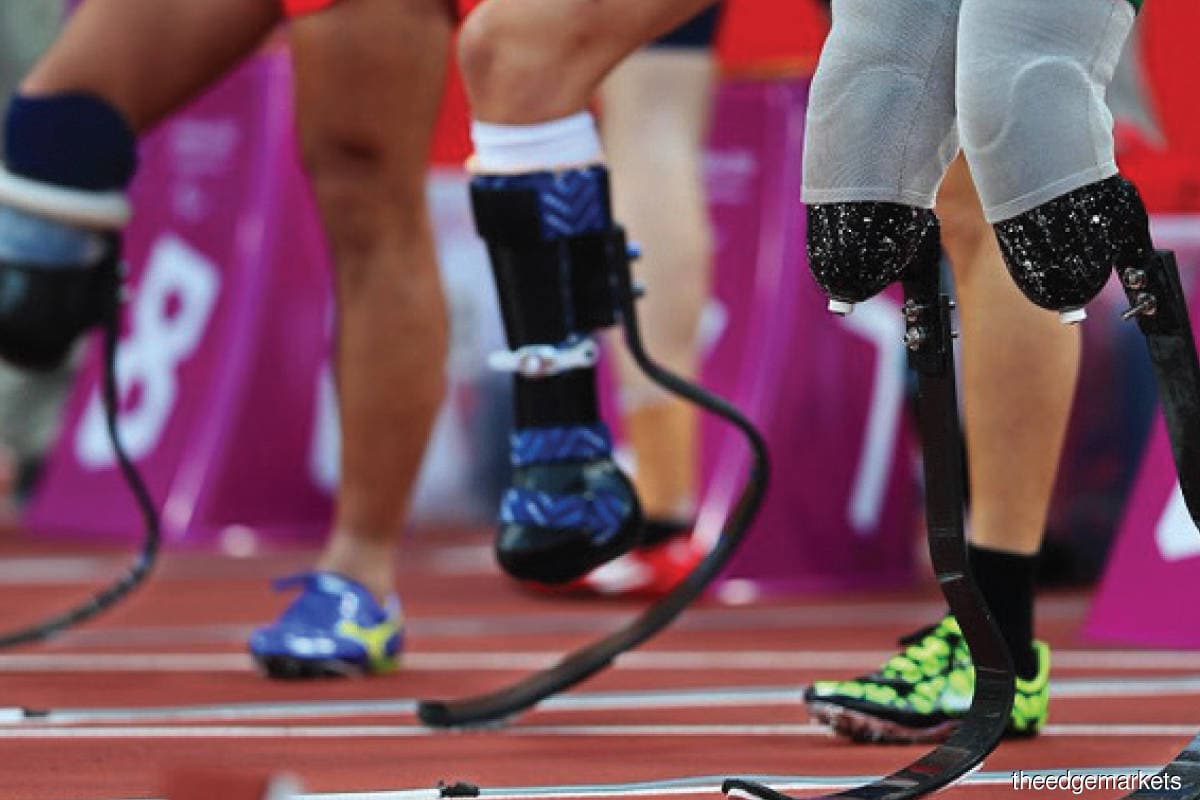
This article first appeared in Digital Edge, The Edge Malaysia Weekly on September 20, 2021 - September 26, 2021
The Tokyo 2020 Summer Paralympic Games officially ended earlier this month. It was incredible watching the athletes demonstrate their tenacity and resilience in overcoming physical disabilities, while breaking records in various sports categories.
Technology plays an important complementary role on the Paralympic field. A technical support group, comprising prosthetists and builders armed with 3D printers and spare parts, were at the Games to support the athletes. Prosthetics company Ottobock, the technical service partner of the Paralympic Games, provided free maintenance and repair services on the spot.
Ideally, the innovations in prosthetics technology, wheelchair design and other devices featured in the Paralympics should be applicable to those who need it, beyond the context of the Games. It’s also important to note that there is plenty of debate currently regarding the ability of richer countries to access more advanced technologies, thus giving them an edge over the others.
Here are five interesting technologies that were used at the Paralympics. If you’re curious, you can follow @paralympics on Tiktok and Instagram to watch the athletes in action.
1 Running blades
These prosthetics, used by amputee athletes, are made of carbon fibre, which is a strong and lightweight material. It is used by runners, long jumpers and other Paralympians.
2 Badminton chairs
The Para badminton competition made its debut at the Paralympic Games this year. The wheelchairs are specially designed with a backrest and extra caster wheels that allow athletes to move, twist and lean backwards without tipping over.
3 Wheelchair racing
These wheelchairs are made using carbon fibre technology so they are lighter and more stable. The gloves that athletes use to push their chairs are made with 3D printing technology.
4 Release aids in archery
Depending on the athlete, these assistive devices can be designed differently. In one version, a release brace is strapped to the back of the athlete, who can initiate the release by biting a trigger or through other means. Some athletes also use mouth tabs and elbow straps.
5 Tapping devices for swimming
Swimmers with impaired vision rely on tapping devices to notify them when to turn or when they’re going to approach a wall. The device is usually a pole with a soft end that taps on the swimmer’s head, shoulder and back.
Save by subscribing to us for your print and/or digital copy.
P/S: The Edge is also available on Apple's AppStore and Androids' Google Play.


